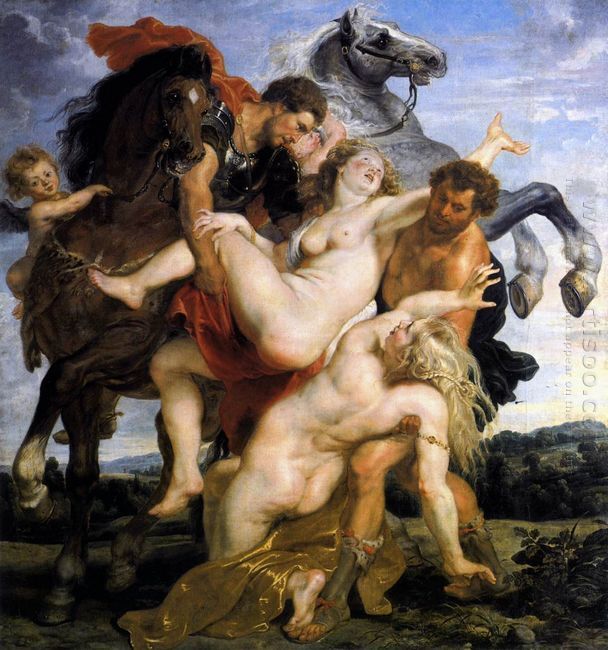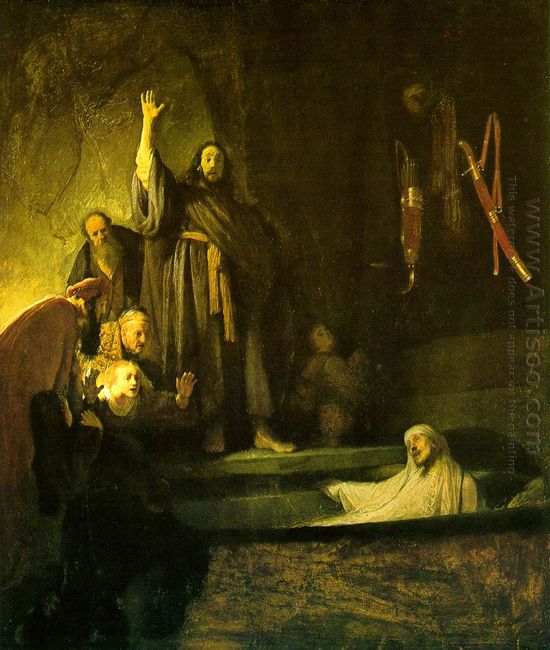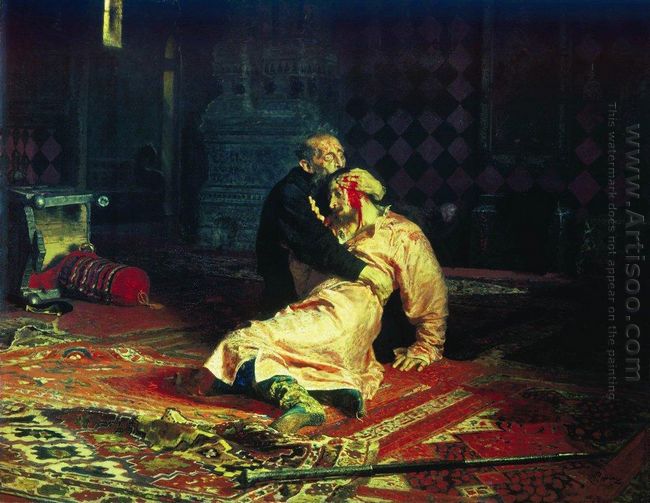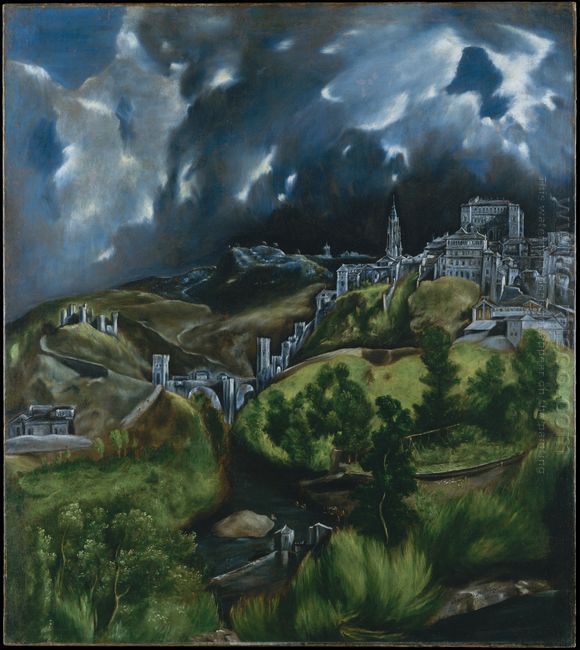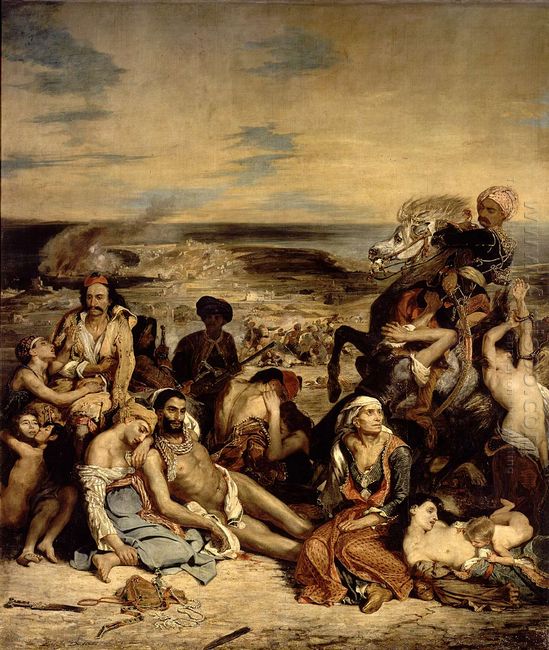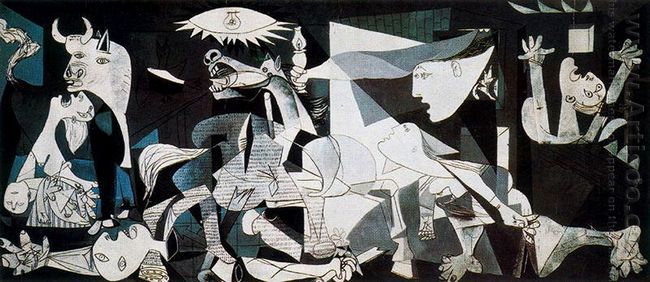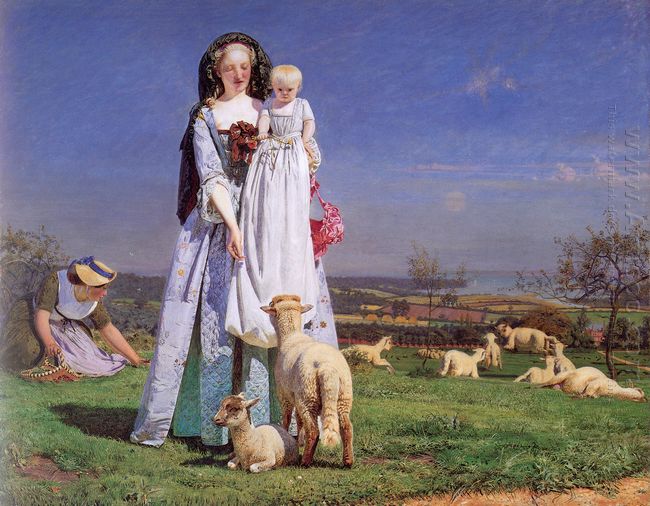Over the past decades, the price of domestic oil painting gradually get warming up,and in the various categories of painting collections, classical European oil painting occupies a unique position in the world history of art. Matzo Paris classical masterpieces are unanimously recognized by the international and domestic fine arts and collectibles industry, and are named as most collectible value and appreciation potential.
It is known that the value of the European classical oil painting in the domestic market is constantly rising, already over Chinese paintings, so the classical European oil painting was hailed as “IPO” or “potential shares” in painting collection. Thus, the Matzo Paris classical European oil paintings got the huge appreciation in the country, and are already coming out on top of the trends.
It is understood that the Matzo Paris classical European oil paintings are no less than a thousand pieces, which brings together a great number of painters of artistic potential, who have strong drawing skills, unique understanding of painting art. We can feel the flourishing power of European painting arts in their paintings which bring about many amazing artistic moments for collection industry, and reflect the extraordinary value of art collection. One of the most representative works is the French Painting Water Night, sought after by many collectors. This collection of painting has been kept in Matzo Paris Art Fund, and will meet with collectors in the next auction.
Today, the European classical oil painting Auction has caused a lot of attention of collectors, and many collectors believe that the current auction price of European classical oil Paintings has greater appreciation of space compared with other art auction price. The official of Matzo Paris said, financial investment, private enterprises, and even ordinary citizen family have started to pay attention to the potential of art collection and investment, and more and more social groups and individuals join in the collection team, to promote the national industry of collections to grow and develop continually. With the change of the value of the function of art, collecting art investment has shown more profit than operating securities, stocks, real estate, etc. The risk of art investment is relatively small, making it get more and more social attention.
In addition to highly decorative, more importantly, classical European oil painting has great potential for appreciation. A collector said that in recent years, the value of European classical oil paintings, are gradually welcomed by domestic and international art market. The transaction price and turnover rate of Classical paintings are constantly refreshed.” There are several reasons for its huge potential. First Most classical oil painting art is the sparkling masterpiece in history of European painting art. Secondly, the price of European classical oil painting, especially the one painted by famous painters, is still much higher than the other painting auction price, with a very great appreciation of space. It is understood that painting collection requires themes, that is to aim realistic style works like landscapes, figures, still life works, because these three kinds of paintings have the most classical traditions of European painting, better highlighting the value of the investment and collection of classical European oil painting.

